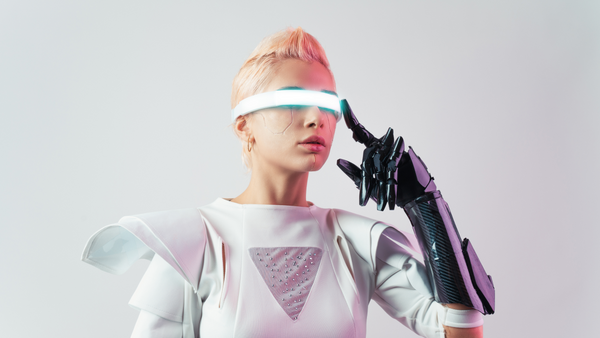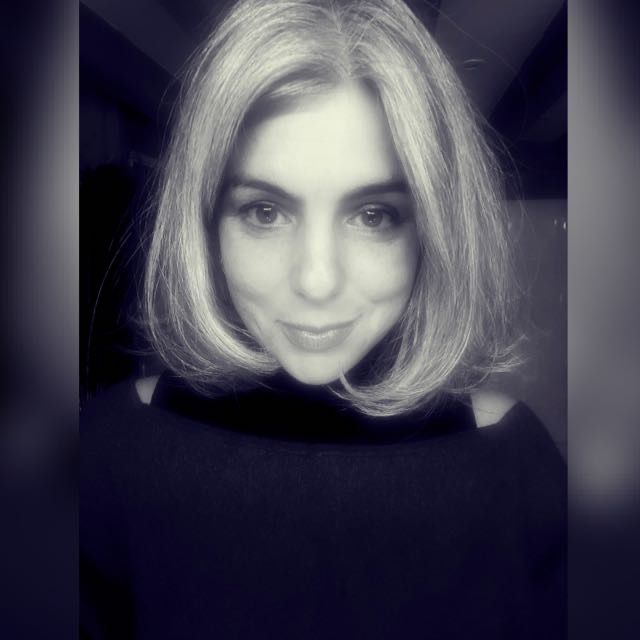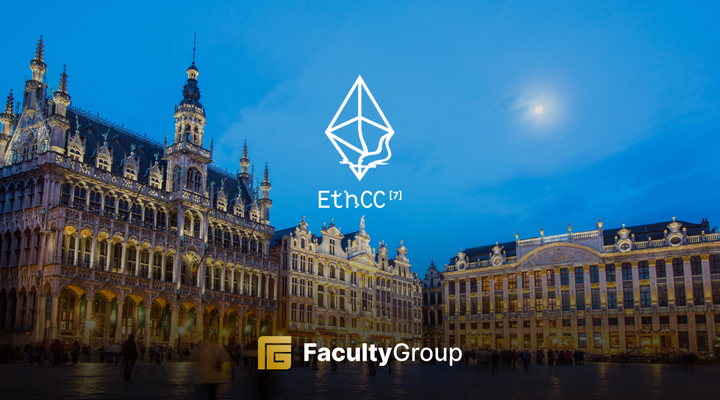The NFT brand revolution

Other use cases for NFTs have quietly been gaining momentum during 2023. As the bad press and hype have given way to realism, brands have continued to experiment with ways to integrate this technology into their marketing mix without the ‘reputational’ risks associated with crypto or the NFT ‘logo’. This trend will continue as brands reevaluate how they use this technology and the ‘services’ they can design for customers.
What are Fashion NFTs?
Fashion NFTs are typically digital assets created by a brand. This technology propels new levels of customer engagement, loyalty and community across every vertical but holds particular promise for the fashion industry. For clarity, a non-fungible token or NFT is a digital asset recorded on the blockchain that can be traded or sold.
A token is a unit of data stored on the blockchain and associated with a specific digital wallet, identified through a digital asset such as a photo, video, or even a gif. It is a unique one-of-a-kind representation of a digital asset and, as such, is not interchangeable. The history of the token’s ownership is recorded on-chain, usually via the Ethereum network.
Fashion brands have been quietly ‘rebranding’ NFTs as digital collectables or creating digital/physical ‘collections’ that use this new technology to offer the best of both worlds, spanning products, events and personalities. These are built on NFT technology (without the ‘label’) but with all the functionality. Last year’s NFT gold rush encouraged many fashion brands to explore the potential of digital collectables and to prepare for this new chapter in fashion eCommerce, to offer customers tangible, long-term value.
Let’s explore some of the benefits and applications that NFTs bring to the table for Fashion brands:
1. Build community engagement
Behind every successful brand, there's a strong community where customers can connect, and supporters can form deep and lasting connections. Owning a brand’s digital collectables gives customers a financial incentive to bring more people on board and become true brand ambassadors. Fashion brands can use this technology to create new community engagement opportunities, linking digital and physical products through their ‘collections’. Creating digital collectables (using NFT technology) allows web2 brands to tap into new communities in web3 that already exist, driving previous untapped engagement.
2. Create exclusivity and personalisation
Customers are hungry for personalised, tailored experiences from their favourite fashion brands. Digital collections allow customers to own a piece of the brand and show off their brand association as a badge of honour. The ownership creates a strong emotional bond, giving customers a reason to keep coming back and boosting customer lifetime value.
Creating a collection that gives members exclusive benefits can help strengthen customer connections. A Fashion NFT owner could gain access to an exclusive physical collection or item (one per wallet), early access to brand drops, or access to exclusive physical and digital brand events. These increasingly represent an alternative revenue stream for fashion brands and create a new level of exclusivity for their community.
For example, Dolce & Gabbana, the Italian fashion label made headlines with its Collezione Genesi, a nine-piece collection of fashion NFTs and physical garments that sold for almost $5.7 million. This included exclusive access to digital and physical D&G events. D&G’s total NFT revenue for 2022 was $23m and their next launch in collaboration with UNXD, an NFT marketplace is #DGFamily in April 2023.
3. Design unique loyalty programmes
Fashion NFTs can have physical, digital and experiential value for customers and allow brands to create a more personalised experience through ownership. Fashion brands are building out their ‘loyalty’ tech stack to connect directly with consumers and reward them on-chain, presenting an exciting use case for brands keen to explore the web3 space while building web2 community engagement. Fashion NFTs can also promote long-term benefits, such as eCommerce discounts or priority access to new products and exclusive events. These might be rewards for actions engaged consumers already do, like social posting, attending events and submitting reviews.
Whereas current loyalty metrics have tended to reward spending, this technology enables brands to expand their scope to other metrics, such as engagement in non-monetary ways. For example, coffee giant Starbucks announced its Odyssey experience last year. This loyalty program allowed its members to earn and buy NFTs through activities, such as playing interactive games or taking on fun challenges related to their knowledge of coffee and Starbucks. Members could also purchase limited edition NFTs through the built-in marketplace within Odyssey app directly using a credit card. Each collectable digital stamp was assigned a points value based on rarity. The stamps can be bought or sold among members, with ownership secured on-chain.
4. Merge digital and physical products = phyigital
Whether we are entering metaverse winter or not, this transition from physical to digital will power new opportunities for fashion brands. Experimenting with NFTs allows fashion brands to add a digital layer to their physical offering. Real-world purchases that unlock in digital worlds and vice versa. This blending of product applications between realms will allow for customisation and personalisation on a whole new scale.
Some of the most successful launches in fashion have come through unexpected partnerships with designers and influencers. Prada’s Monthly Timecapsule NFTs commenced last summer with a virtual interpretation of 100 gender-neutral shirts and monthly physical shirts designed in collaboration with artist Cassius Hirst. Prada made full use of token utility by offering highly exclusive benefits to holders including tickets to Prada’s Miami Extends.
Gucci created the Vault Art Space in collaboration with SuperRare showcasing the ‘next 100 years of Gucci’ as seen through the eyes of 29 artists, a virtual art exhibition inspired by the history and creativity of Gucci through the years. NFTs offer expanded opportunities to surprise and excite customers while increasing brand and artist exposure. These collaborations can also create monetisation opportunities for everyone involved, from influencers to customers to designers.
Fashion NFTs are evolving to encompass a mix of long-term play-to-earn engagement and are being used to promote big marketing campaign moments. We need to move away from product marketing NFTs to creating service-driven models that provide customers with a unique ‘experience’ whether that exists in the physical or digital world. Moving away from web3 terminology and its negative connotations would allow fashion brands to drive the narrative towards innovation and create different utilities for audiences using fashion NFTs in 2023 and beyond.








